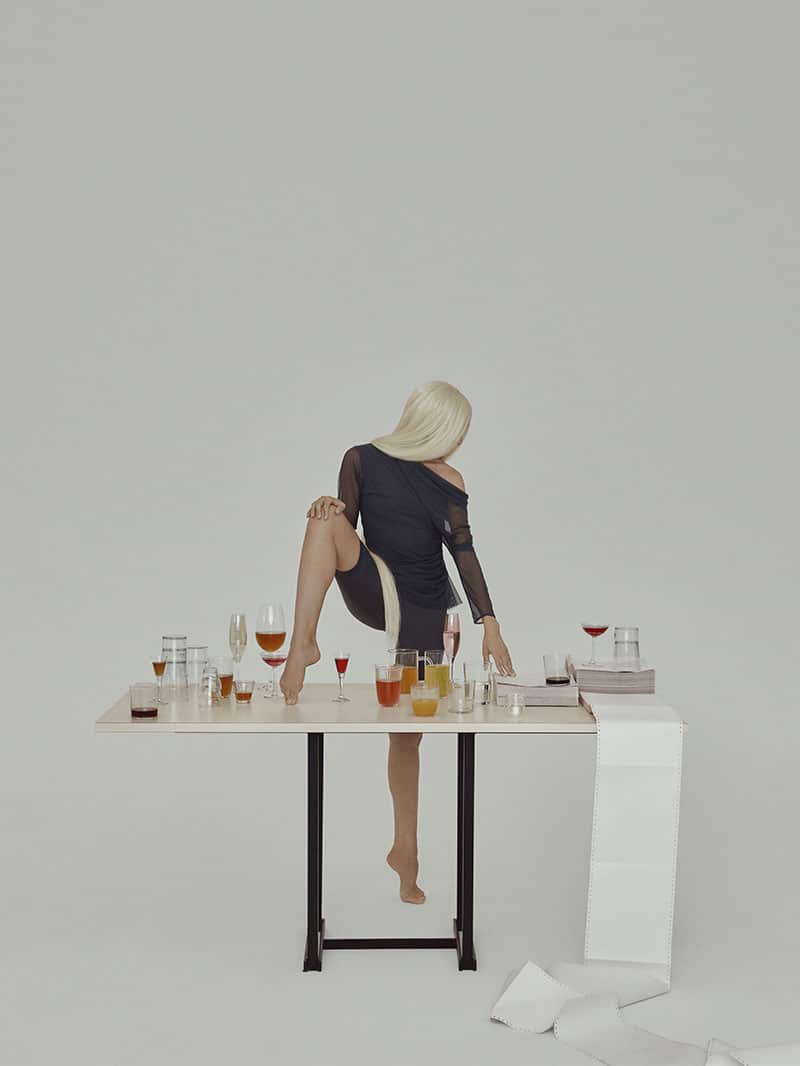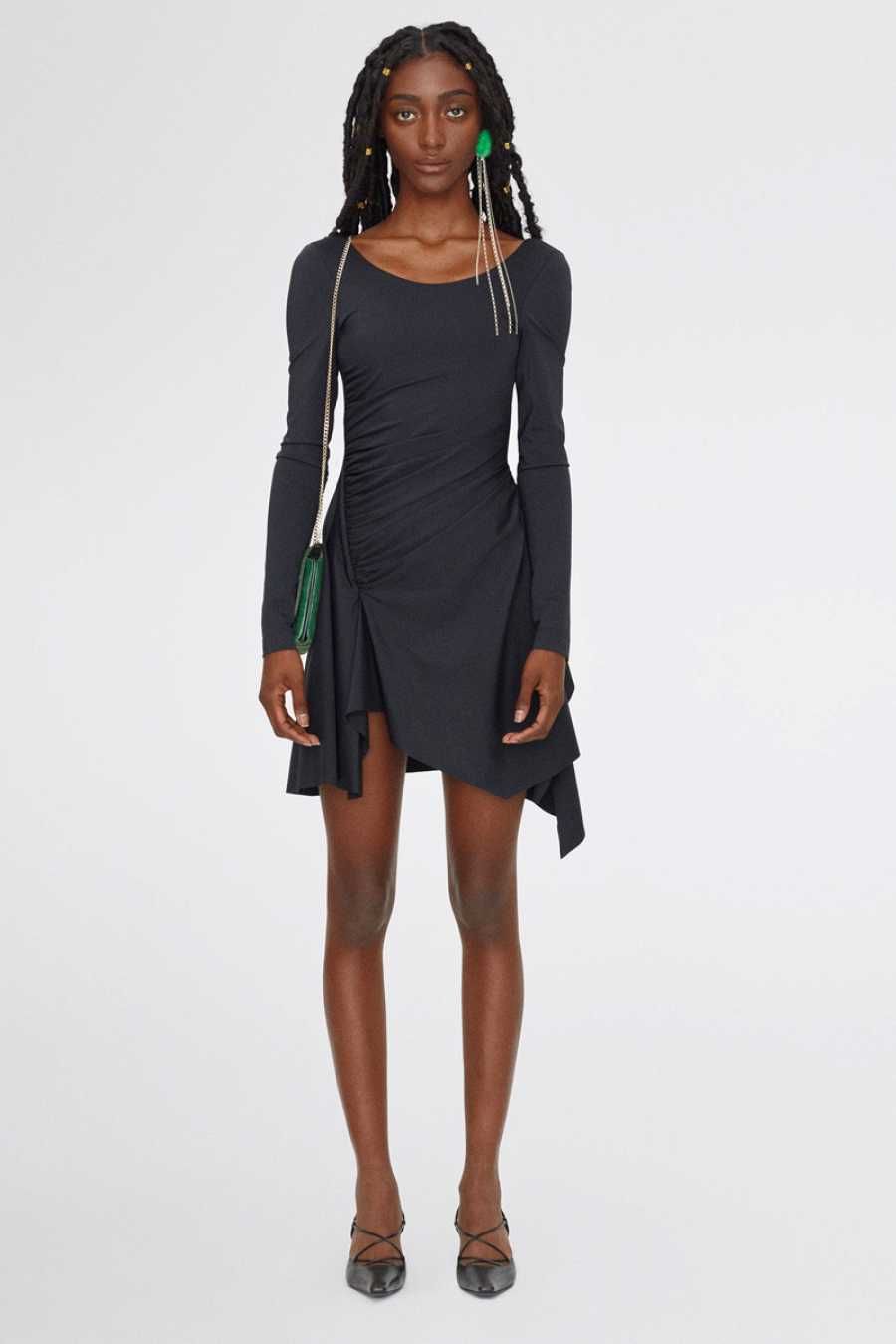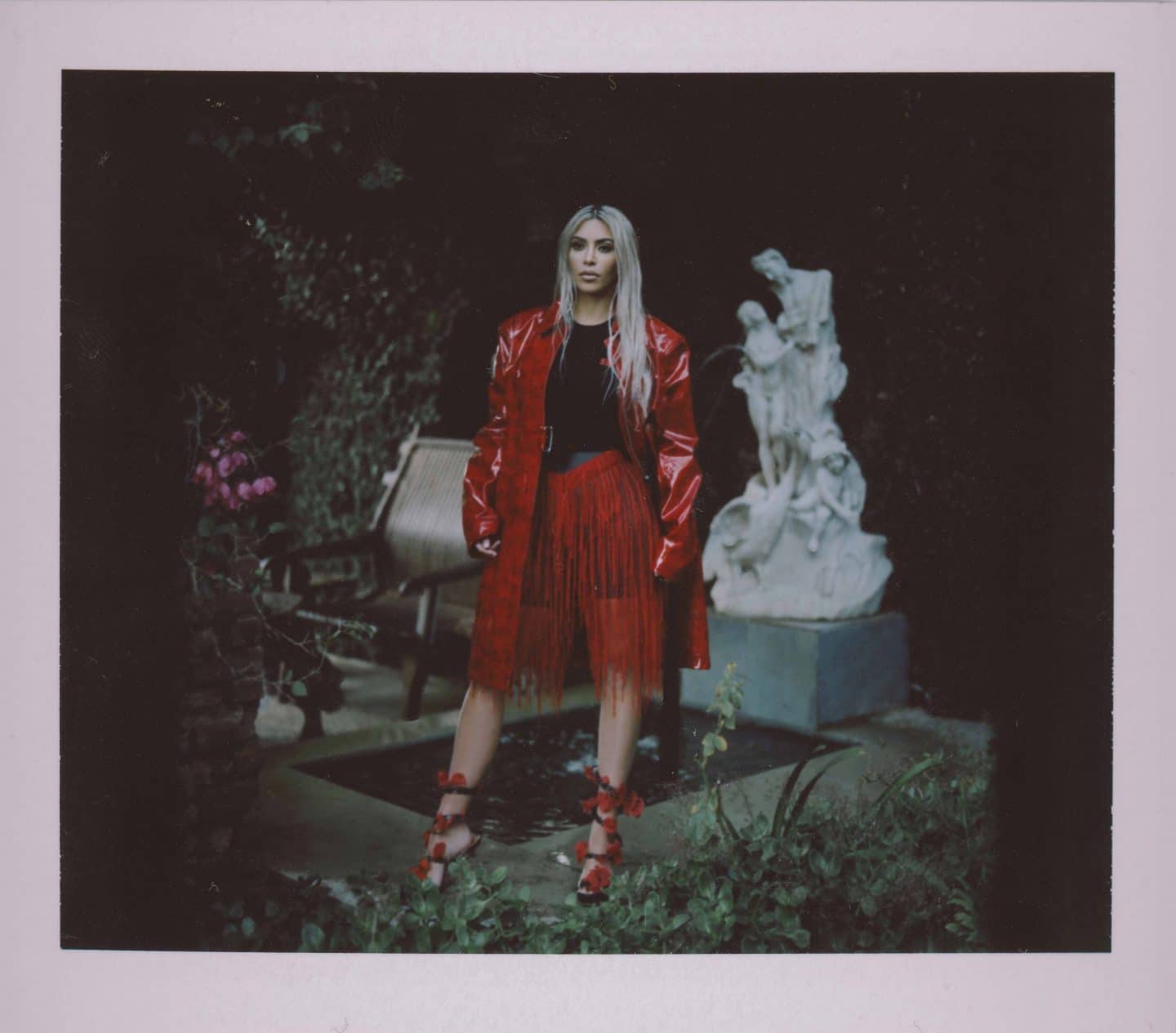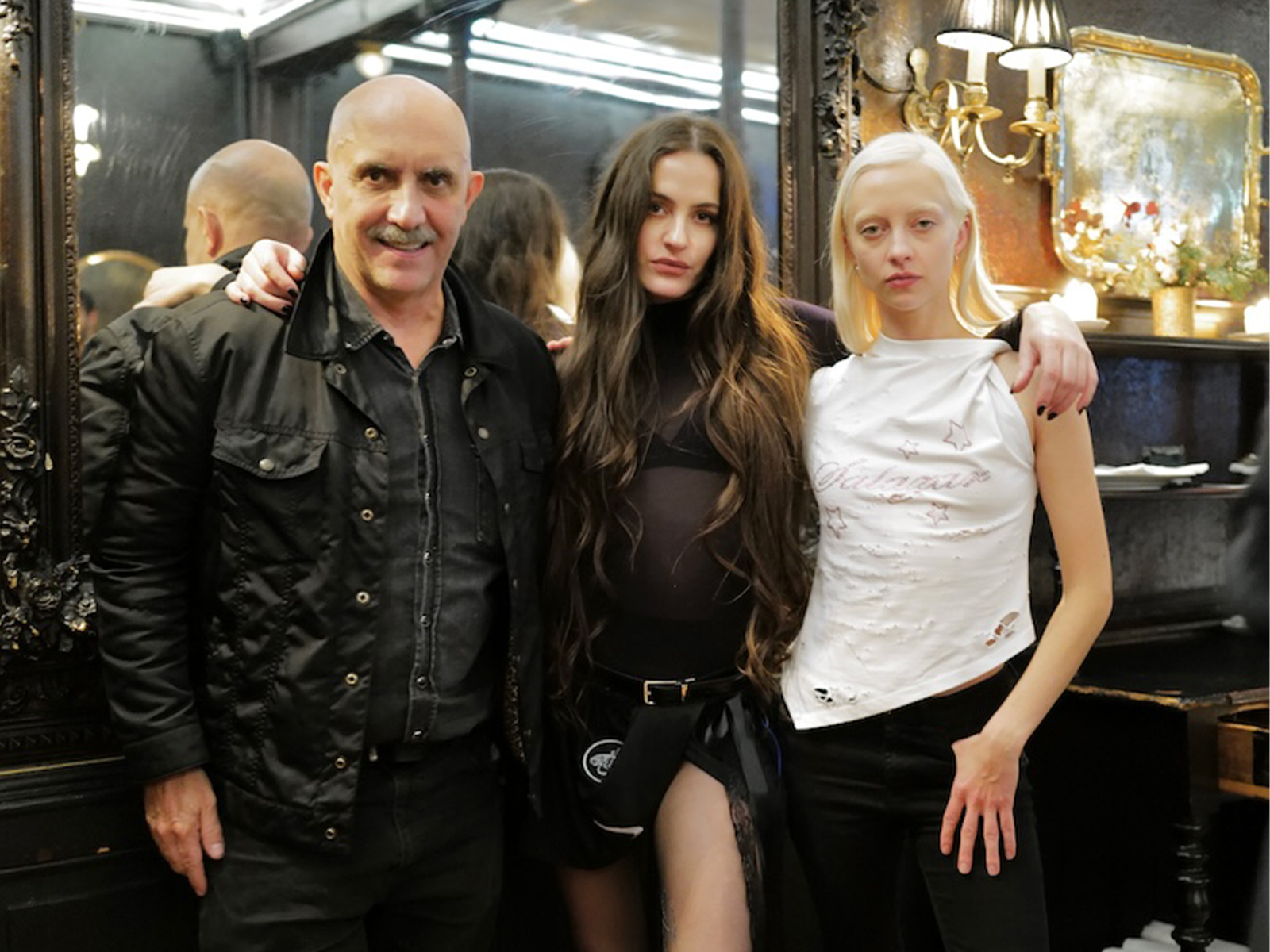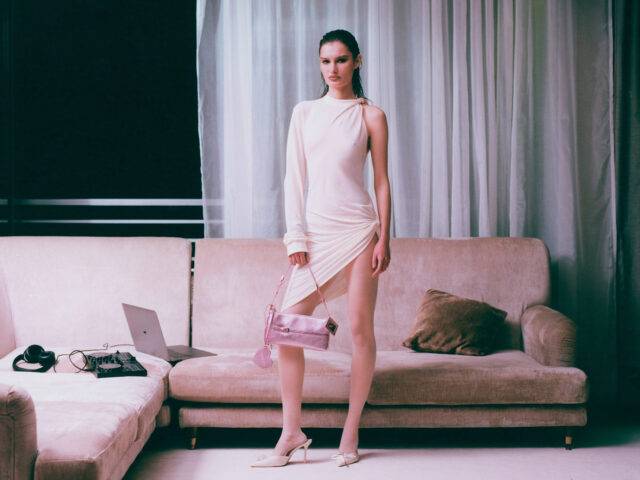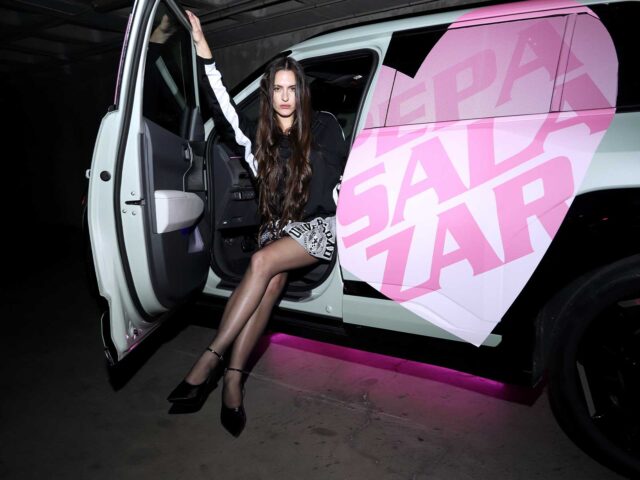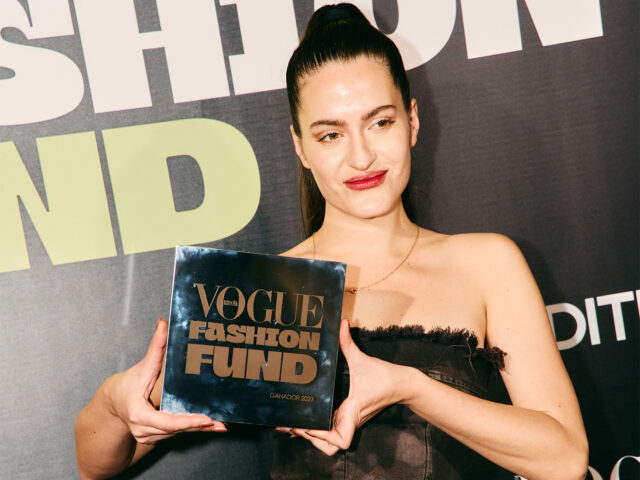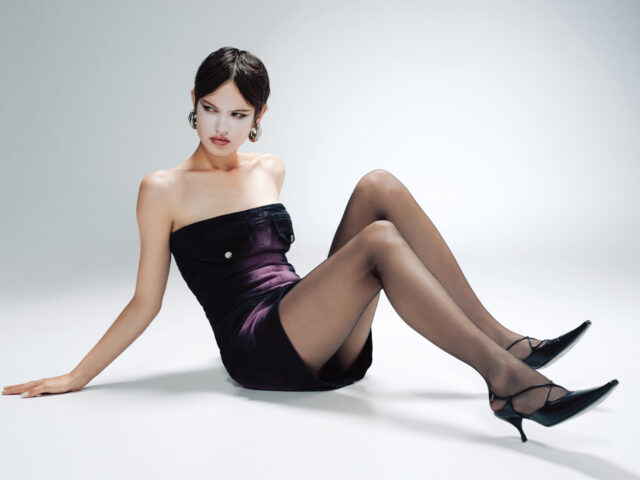We talked to Pepa Salazar (@pepasalazar), one of the most important Spanish designers on the national and international scene at the moment.
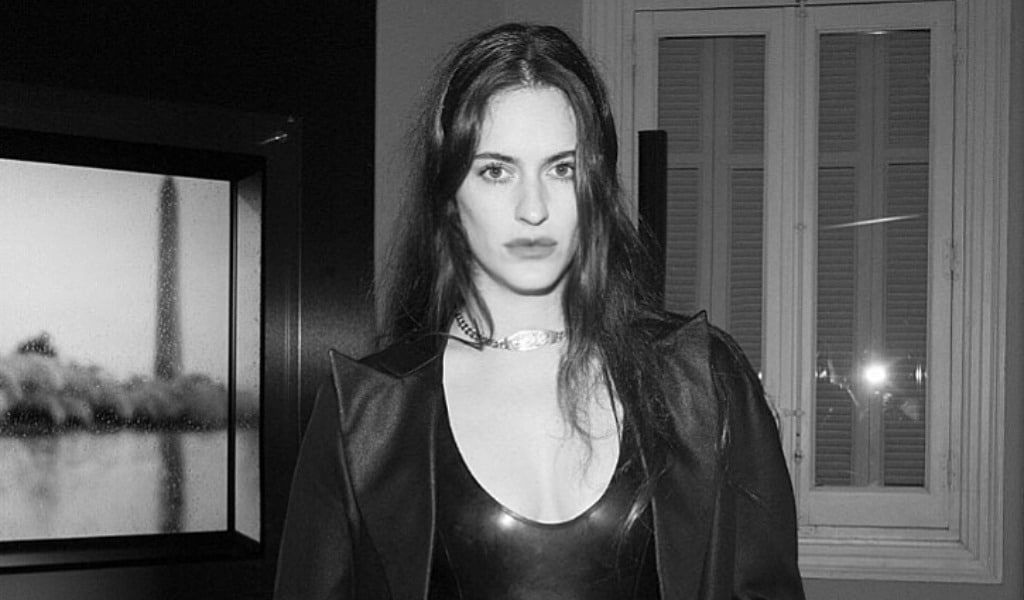
She crawled around in the workshops of the Loewe firm until she launched herself independently into the world of fashion in 2013. Her label of the same name won the most important competition in our country for emerging designers on two consecutive occasions, the Mercedes-Benz Fashion Talent Award. The creativity, versatility and innovation of the Valencian company’s projects soon brought it to the top of the industry. Since then, it has become a benchmark for young people starting out in this profession. The history of the Pepa Salazar firm will soon be almost a decade old.
–
Highxtar (H) – What is it like to make fashion in the days of Covid-19?
Pepa Salazar (PS) – I felt my job as something very dispensable, even uncomfortable, it was incredibly frustrating. Then I understood that we really work with ideas that evolve with the needs of society and that ideas are never dispensable.
H – Do you think that functionality and comfort have become the central axis when creating new proposals?
PS – I suppose that in times of crisis the market and the values we take into account when we buy change. Stability and little risk even in small purchases.
H – Your new collection is based on simple garments, elastic and technical fabrics. Do you think it is more difficult to be creative when our leisure time has been so reduced and limited?
PS – Leisure has nothing to do with creativity. Creativity happens when you are working long hours and that usually you do it alone or isolated.
H – With your new collection you have managed to make a space between the tracksuits and leggings adapting to new needs, what inspired you?
PS – I wanted something that could be worn 24 hours a day at any time. After the pandemic I focused on making something timeless, being able to extend the life of the garment and functionality and use it as a concept. The continued use of the garments as an inherent feature in fashion. What we conceive as art may lack functionality, but not the garments.
“”…I think there is a big, fairly complete generational shift in terms of sexuality, gender and inclusion. Fashion is evolving with society and this was the time to do it.“
Pepa Salazar
H – It seems that the anime cosplay theme is expanding beyond Asian borders and is gaining followers, not only in fashion but also in music. To promote your new collection you use an anime character, were you a fan before or has it been catching on?
PS – I have always liked anime and manga, it is a genre that I have consumed since I was a child and I wanted to work with that aesthetic / language. Top 3 Ghost in the shell, perfect blue, Akira.
H – When you start a new project, do you always follow the same steps or each one is different? How is the production process of a Pepa Salazar’s collection?
PS – Usually there is always a pattern when structuring the collection. I start with the mood board and the investigation of the subject to be treated, I develop the concept and then I start with the design of the pieces and the patterns. This last part is mixed a little more, sometimes I get directly into the material and design with the fabric another drawing first because I have the lightest garment in my head.
Although it is a process that follows a pattern and an order, each project is very different from the previous one.
H – When are you most productive? Where do you like to soak up inspiration and creativity?
PS – I think I’m a little bit seasoned. Sometimes I like to work at night because nobody bothers me, other times I prefer early mornings because I feel better working with light. In general I work all day, having your own brand allows you to disconnect a few times.
Inspiration can be found in absolutely anything, it depends a lot on how you look at things.
H – You are a reference designer in the national scene, how does it make you feel? How have you changed your style since you started in fashion until now?
PS – Thank you very much.
I guess I have evolved or learned things over time. You set new goals and that makes you change, but there is always a common denominator that defines you.
H – You design casual and versatile garments, do your collections connect with your personality?
PS – I think more and more. I have been assuming my contradictions and I no longer see them as such, but as something that adds up and I see it more in my clothes.
H – When you see someone wearing your clothes as Kim Kardashian, what sensation causes you? Did you imagine that your name would cross the Atlantic?
PS – It is very satisfying to feel that you can cross the barrier of the national and reach another audience.
H – What value do you think Spanish fashion has at an international level?
PS – I don’t think that Spanish fashion understood as something global or a set is a reference at an international level, but I do think that some brands alone are very relevant at this level.
H – Which is your reference designer?
PS – I can’t tell you one in particular, but young brands, although they are already quite established, some of them seem to me to be the most interesting at the moment.
H – With the inclusion of models of different sizes and ages in haute couture fashion shows, to what extent do you think the canons of beauty have been transformed in the 21st century? Do they still exist? Do you think we have finally understood that beauty is subjective?
PS – Yes, I believe that there is a great and quite complete generational change in terms of sexuality, gender and inclusion. Fashion evolves with society and this was the time to do it. Obviously there are still standards, but also being different or non-standard is an added value and perhaps it wasn’t before. The future is inclusive.
Sigue toda la información de HIGHXTAR desde Facebook, Twitter o Instagram
You may also like...
